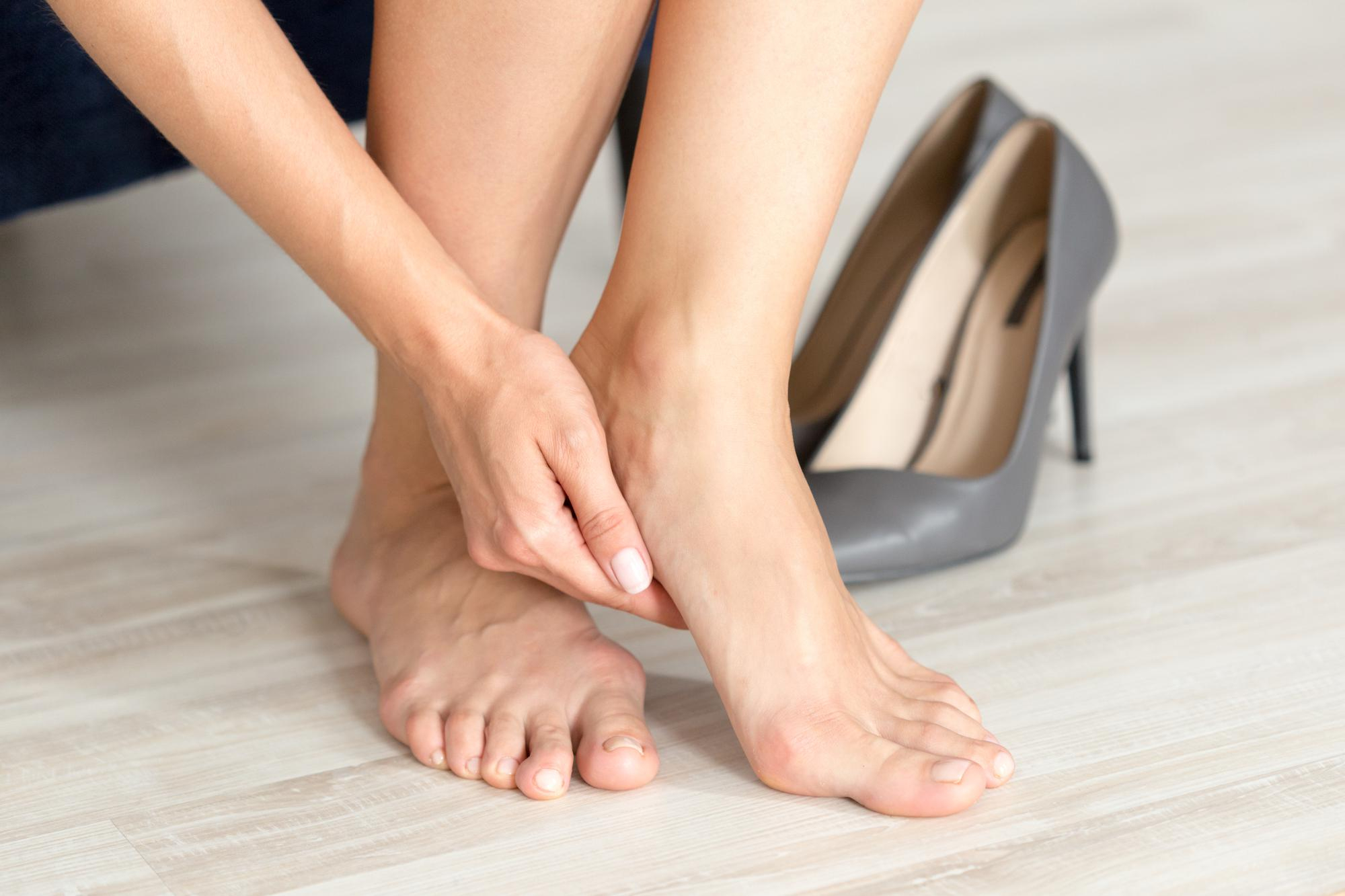Heel pain is so annoying that it can affect your mood and activities. Most disturbingly, it is a common condition that can affect many people and occur due to many reasons. But thankfully, it is possible to prevent it. With some simple steps, you can reduce your risk of infection. When you follow the advice in this article, you will be able to control the pain.
What is the cause of heel pain?
There is no single cause behind heel pain, but there are more common causes than others, such as:
- Plantar fasciitis
- Achilles tendinitis
- Bone spurs.
- Sever’s disease (mostly affects kids between the ages of 8 and 14 years)
- Bursitis
- Tendinitis
- pregnancy
As you have noticed, there are many causes, so you should consult a podiatrist at Health and Style Medical Center to identify the exact cause of your heel pain and find out the appropriate treatment regimen as soon as possible. Especially since you may put extra pressure on the uninjured heel to protect the injured one. Most cases of painful heels improve with non-surgical treatments.
Is there anyone more vulnerable?
Heel pain can affect anyone, but the risk of injury increases when doing activities that put a lot of pressure and stress on your foot. Factors that increase pressure on the foot include:
- Obesity and overweight
- Arthritis in the foot and ankle
- Extensive running or jumping
- Spend a lot of time standing, especially on concrete floors.
- Wearing inappropriate shoes. Learn how to choose the right shoe.
Managing heel pain
Many treatments can help relieve the pain and speed healing, such as:
- Rest and avoid walking or standing for long periods
- Performing stretches regularly
- Take pain relievers and use an ice pack on the affected heel
- Wear well-fitting shoes that support your feet
In addition to adhering to the treatment prescribed by the doctor.
Prevention is always better
You can reduce your risk of developing heel pain in several ways, such as:
- Avoid wearing high-heeled shoes for long periods.
- Choose shoes with shock-absorbing soles and supportive heels.
- Doing warm-up and stretching exercises.
- Use shoe inserts (orthotics) professionally fitted by a podiatrist to support your feet in the long term if necessary.
- Running on softer surfaces.
- Reduce stress on your feet by maintaining a healthy weight



